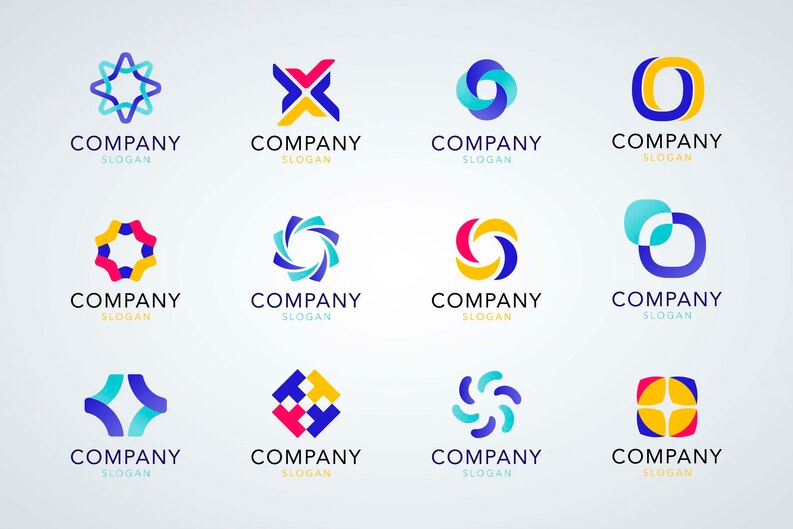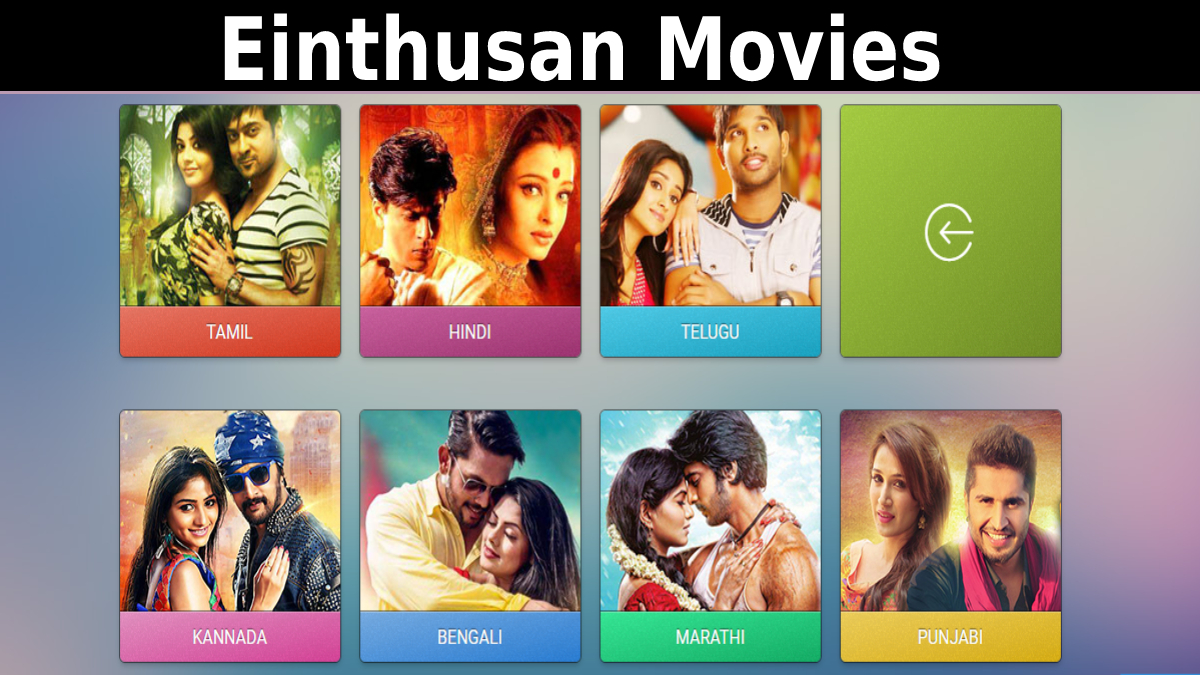In the realm of branding and logo design, colors play a profound role that extends far beyond mere aesthetics. Colors have the power to evoke emotions, communicate messages, and shape perceptions. The psychology of colors in logo design is a nuanced field, where the careful selection of colors can influence consumer behavior, brand recognition, and even decision-making processes. For impactful business logo design ideas, understanding the psychological impact of colors is essential in effectively conveying your brand’s identity and message.
In this article, we delve into the intricacies of how colors impact logo design, exploring the emotional and cultural dimensions that colors bring to the branding table.

The Emotional Impact of Colors
Red
Red is a color that exudes energy, passion, and urgency. Because it grabs attention and is often associated with excitement and intensity. Brands like Coca-Cola and Netflix employ red to convey excitement and a sense of immediacy.
Blue
Blue embodies trust, reliability, and professionalism. Because it often represents calmness and stability. Technology giants like IBM and social media platforms like Facebook use blue to establish a sense of trustworthiness.
Green
Green is linked to nature, growth, and health. Because it conveys a sense of renewal and environmental consciousness. Brands like Starbucks and Whole Foods utilize green to align with values of sustainability and well-being.
Yellow
Yellow radiates positivity, optimism, and warmth. Because it can stimulate feelings of happiness and energy. Companies like McDonald’s and IKEA use yellow to create an inviting and cheerful atmosphere.
Orange
Orange combines the energy of red with the cheerfulness of yellow. Because it represents enthusiasm, creativity, and determination. Brands like Fanta and Harley-Davidson employ orange to evoke a sense of excitement and uniqueness.
Purple
Purple is associated with luxury, sophistication, and creativity. Because it can evoke a sense of elegance and uniqueness. Hallmark and Cadbury utilize purple to convey a sense of exclusivity and premium quality.
Pink
Pink is often linked to femininity, nurturing, and compassion. Because it can evoke feelings of tenderness and playfulness. Brands like Barbie and Victoria’s Secret use pink to target audiences with a feminine appeal.
Black
Black represents power, elegance, and professionalism. Because it can create a sense of sophistication and timelessness. Brands like Chanel and Nike’s Jordan line leverage black to convey a sense of luxury and high-end status.
White
White symbolizes purity, simplicity, and cleanliness. so it can evoke feelings of openness and clarity. Brands like Apple and Adobe use white to communicate simplicity and modernity.

Cultural and Contextual Influences
Colors don’t have universal meanings; they are heavily influenced by cultural and contextual factors. For instance, in Western cultures, white often symbolizes purity and weddings, while in many Eastern cultures, it’s associated with mourning. Similarly, red can represent luck and celebration in Chinese culture, whereas, in Western cultures, it often signifies danger or urgency.
Understanding the cultural connotations of colors is crucial for brands with global audiences. The wrong color choice could inadvertently send the wrong message or alienate certain segments of the population.
Creating Harmonious Color Palettes
A well-designed logo incorporates colors that not only evoke the desired emotions but also work harmoniously together. Color harmony involves selecting colors that are visually pleasing and balanced. There are a few key approaches to achieving color harmony:
Complementary Colors:
Colors that are opposite each other on the color wheel, such as red and green, create a high-contrast and dynamic effect.
Analogous Colors:
Colors that are adjacent to each other on the color wheel, such as blue and purple, offer a more subtle and cohesive palette.
Triadic Colors:
Three colors that are equidistant on the color wheel, such as red, yellow, and blue, provide a balanced and vibrant combination.
Monochromatic Colors:
Different shades and tints of a single color can create a sophisticated and unified look.
Adapting to Digital Spaces
In today’s digital age, logos are often viewed on screens of various sizes and devices. This has led to the development of color variations to ensure consistency across different platforms. Because brands often have primary color palettes for print materials and secondary palettes optimized for digital displays. This adaptation ensures that the logo retains its impact and integrity in both online and offline environments.
Conclusion
The psychology of colors in logo design is a multi-faceted discipline that combines art, psychology, and culture. A well-chosen color palette can evoke emotions, convey messages, and leave a lasting impression. Because brands must consider their target audience, cultural nuances, and the desired emotional response when selecting colors for their logos. So in a world saturated with visual stimuli, the strategic use of color can set a brand apart and create a connection that goes beyond words.


![20230825125658_[fpdl.in]_collection-logo-templates_23-2148887285_medium business logo](https://businessfig.com/wp-content/uploads/2023/08/20230825125658_fpdl.in_collection-logo-templates_23-2148887285_medium-696x464.jpg)





